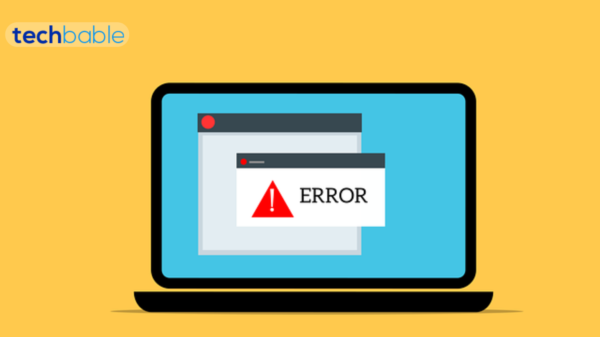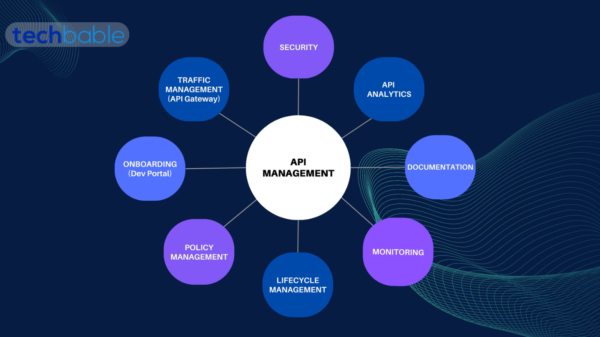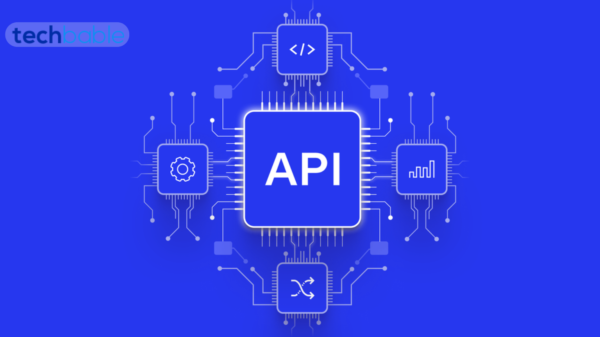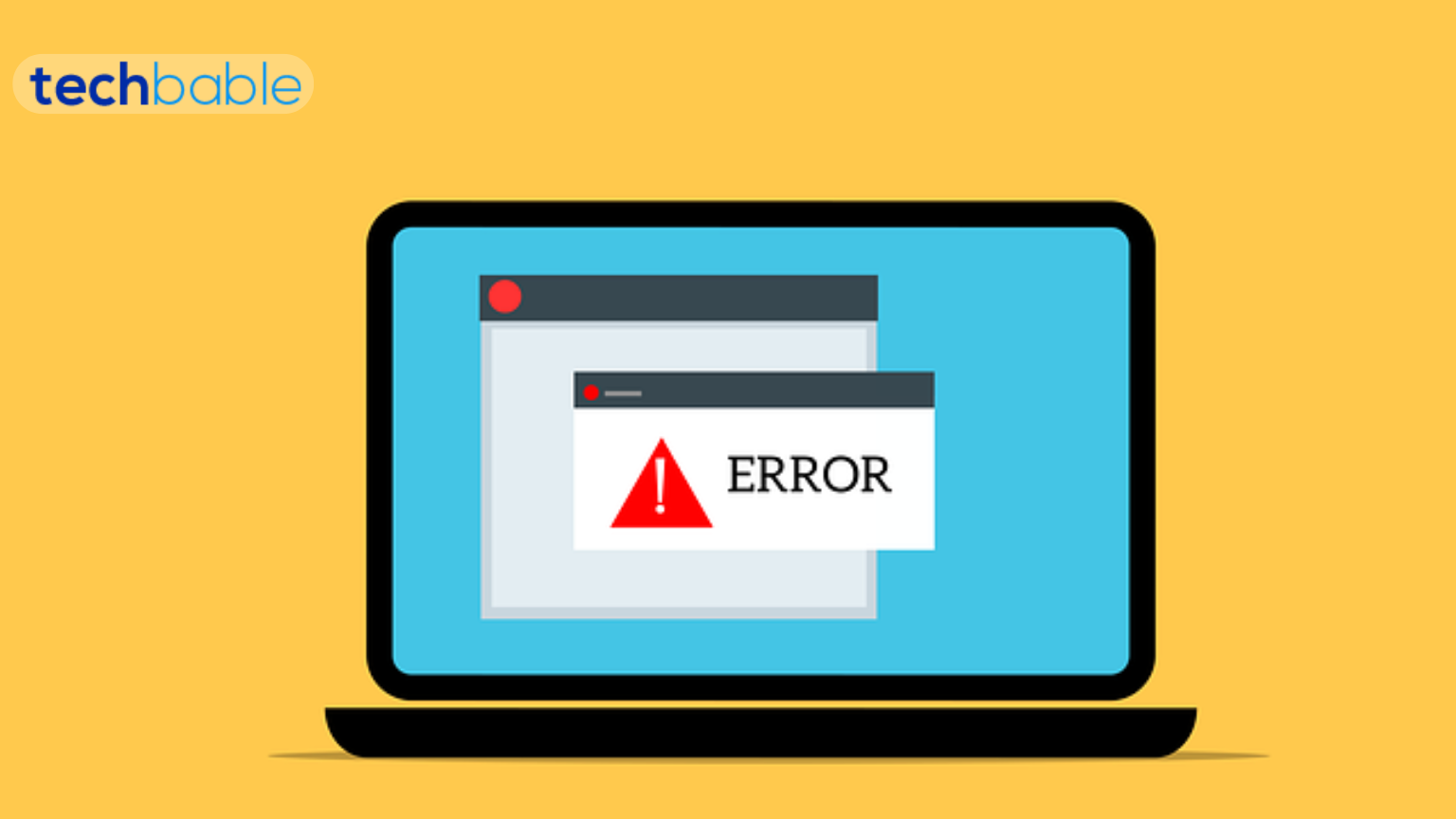Do you know How Error-Tracking Software Works with Other Tools? Understanding how error-tracking software integrates and collaborates with other tools is essential for optimizing the efficiency and effectiveness of software development processes.
Seamless interaction between error-tracking software and complementary tools such as version control systems, continuous integration platforms, and project management tools streamlines workflows and enhances collaboration among development teams. By comprehending how these tools work together, developers can leverage their combined capabilities to expedite error detection, diagnosis, and resolution, ultimately improving software products’ overall quality and reliability.
In this, we’ll discover how the software works with other tools and why this collaboration is essential for modern development teams.
Integration with Version Control Systems (VCS):
One of the key integrations for software is with version control systems like Git, SVN, or Mercurial. This integration allows developers to link error reports directly to the code changes that caused them. For example, if a developer commits code that introduces a bug, the software can automatically create an error report and link it to the relevant code changes. This makes it easier for developers to understand the cause of the error and fix it quickly.
Integration with IDEs:
This software can integrate with integrated development environments (IDEs) like Visual Studio, IntelliJ IDEA, or Eclipse. This integration provides developers with real-time
notifications and allows them to jump directly to the code causing the issue. For example, suppose an error occurs while a developer is writing code. In that case, the IDE can display a notification and highlight the problematic code, making it easier for the developer to fix the error.
Integration with Project Management Tools:
Many tools offer integrations with project management tools like Jira, Trello, or Asana. This integration allows developers to create tasks or tickets directly from error reports. For example, if this report indicates that a bug needs to be fixed, the developer can create a task in their project management tool and assign it to the appropriate team member. This ensures that issues are tracked and addressed promptly.
Integration with Communication Tools:
This software can integrate with communication tools like Slack, Microsoft Teams, or Email. This integration allows developers to receive error notifications in their preferred communication channel. For example, if a critical error occurs, the software can notify the team’s Slack channel, ensuring everyone knows the issue and can collaborate on finding a solution.
Integration with Continuous Integration/Continuous Deployment (CI/CD) Pipelines:
This software can integrate with CI/CD pipelines like Jenkins, Travis CI, or Circle CI. This integration allows errors to be automatically captured and tracked as part of the deployment process. For example, suppose an error occurs during a deployment. In that case, the CI/CD pipeline can automatically create an error report and notify the development team, ensuring the issue is addressed before it impacts users.
Integration with Performance Monitoring Tools:
Some tools integrate with performance monitoring tools like New Relic, Datadog, or AppDynamics. This integration allows developers to correlate errors with performance metrics. For example, suppose an error occurs when the application is under heavy load. In that case, the software can provide insights into how the error impacts performance, helping developers prioritize and fix the issue.
Custom Integrations:
In addition to these standard integrations, many tools offer APIs or webhook support, allowing developers to create custom integrations with their tools and systems. This flexibility enables teams to tailor their workflow to meet their specific needs. For example, a team could create a custom integration that sends error reports to a custom dashboard or analytics tool, providing additional insights into the root causes of errors.
Enhanced Collaboration and Communication:
The software enhances collaboration and communication within development teams by working with other tools. For example, integrating software with project management tools allows developers to easily communicate about errors and track their progress in resolving them. This leads to more efficient workflows and faster error resolution times.
Improved Code Quality and Stability:
When error software works seamlessly with version control systems and IDEs, developers can quickly identify and fix errors in the code. This leads to improved code quality and stability, as developers can address issues before they impact users. Additionally, integrating with performance monitoring tools helps developers identify and fix performance-related issues, further improving the overall quality of the application.
Streamlined Development Process:
Overall, integrating this software with other tools streamlines the development process. Developers can easily track errors, communicate about them, and resolve them quickly, leading to faster development cycles and more reliable software releases. This results in a better user experience and increased customer satisfaction.
Conclusion
In short, error-tracking software plays a crucial role in modern software development by helping developers identify, track, and resolve errors efficiently. By integrating software with other tools, developers can streamline their workflow, improve collaboration, and deliver higher-quality software to their users.
































